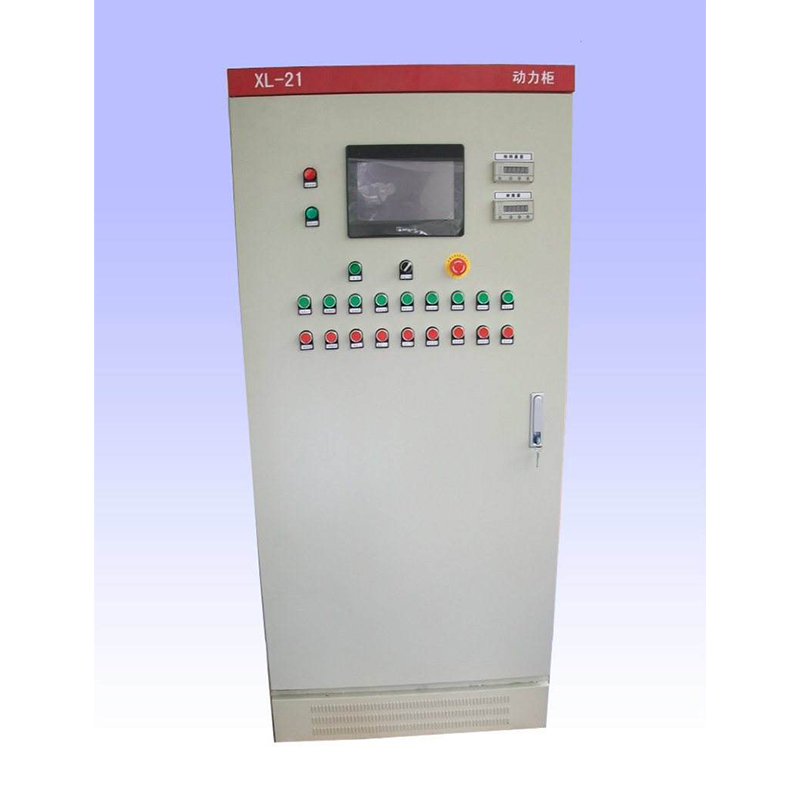
Dec . 25, 2024 08:17
Back to list
Exploring the Functionality and Applications of Pneumatic Valves in Industrial Systems
Understanding Pneumatic Valves A Comprehensive Overview
Pneumatic systems are an integral part of automation and control in various industries. At the heart of these systems lies the pneumatic valve, a device that regulates the flow of compressed air or gases. This article delves into the fundamentals of pneumatic valves, their working mechanisms, types, applications, and the advantages they offer to modern engineering.
What is a Pneumatic Valve?
A pneumatic valve is a type of valve that controls the flow and pressure of compressed air within a pneumatic system. These valves can start, stop, and regulate airflow to various actuators and cylinders, allowing for precise control of machinery. By adjusting the flow rate and direction of air, pneumatic valves play a crucial role in many automated processes.
How Do Pneumatic Valves Work?
Pneumatic valves operate on the principles of pressure and airflow. When compressed air enters the valve, it actuates a mechanical component that either opens or closes the passageway for air to flow. The most common actuation methods include
1. Manual Actuation Operated by a user through a lever or push button. 2. Electric Actuation Controlled by an electrical signal to open or close the valve. 3. Pneumatic Actuation Utilizes air pressure to control the valve's operation, providing rapid and precise movement.
The design of a pneumatic valve can be relatively simple or highly complex, with multi-port configurations that facilitate various pathways for compressed air, making it suitable for different applications.
Types of Pneumatic Valves
There are several types of pneumatic valves, each designed for specific functions
1. Directional Control Valves These valves determine the path of airflow. They operate by directing air to different actuators or parts of the system. Common configurations include 2/2, 3/2, and 4/2 valves, where the numbers denote ports and positions.
2. Flow Control Valves These regulate the speed of actuators by controlling the flow rate of compressed air. By adjusting the flow rate, operators can control the speed and force of pneumatic cylinders.
pneumatic valve

3. Pressure Relief Valves These valves ensure that the pressure within a pneumatic system remains within safe limits. They automatically release excess pressure, preventing potential damage to components.
4. Check Valves These allow airflow in one direction and prevent backflow, ensuring that the system remains efficient and safe.
5. Solenoid Valves Electrically operated valves that automate the control of air flow. They are widely used due to their responsiveness and precision.
Applications of Pneumatic Valves
Pneumatic valves find extensive use across various industries, including
- Manufacturing Regulating machinery, robotic arms, conveyor systems, and packaging operations. - Automotive Controlling the assembly lines, testing equipment, and air suspension systems. - Food and Beverage Automating filling, sealing, and processing machinery while ensuring hygiene standards. - Pharmaceuticals Managing processes in critical environments, ensuring precise control over production.
The versatility of pneumatic valves enables them to adapt to a wide range of applications, making them essential for industrial efficiency.
Advantages of Pneumatic Valves
The use of pneumatic valves offers several benefits, including
- Speed Pneumatic systems are generally faster than their hydraulic counterparts due to rapid air movement. - Simplicity The design and operation of pneumatic valves are straightforward, facilitating easy installation and maintenance. - Cost-Effectiveness Pneumatic systems typically require less investment in materials and can lead to reduced operational costs. - Safety Pneumatic systems operate at lower pressures than hydraulic systems, reducing the risks associated with leaks and failures.
Conclusion
Pneumatic valves are vital components in pneumatic systems that enhance automation, efficiency, and accuracy across diverse industries. Understanding their types, working mechanisms, and applications can help engineers and operators make informed decisions regarding their implementation in various settings. As industries continue to evolve, the role of pneumatic valves will remain significant, paving the way for more innovative and efficient manufacturing processes.
Next:
Latest news
-
Safety Valve Spring-Loaded Design Overpressure ProtectionNewsJul.25,2025
-
Precision Voltage Regulator AC5 Accuracy Grade PerformanceNewsJul.25,2025
-
Natural Gas Pressure Regulating Skid Industrial Pipeline ApplicationsNewsJul.25,2025
-
Natural Gas Filter Stainless Steel Mesh Element DesignNewsJul.25,2025
-
Gas Pressure Regulator Valve Direct-Acting Spring-Loaded DesignNewsJul.25,2025
-
Decompression Equipment Multi-Stage Heat Exchange System DesignNewsJul.25,2025

